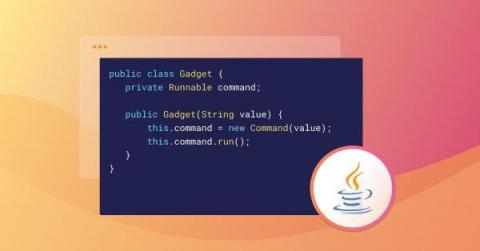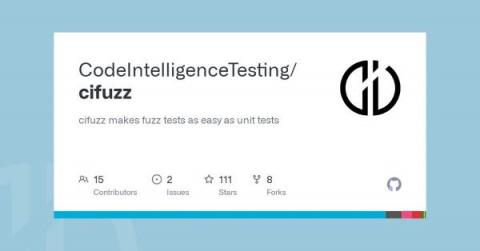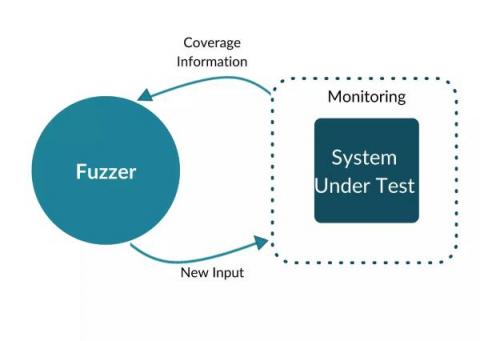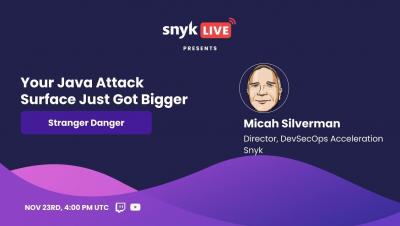Unsafe deserialization vulnerability in SnakeYaml (CVE-2022-1471)
SnakeYaml is a well-known YAML 1.1 parser and emitter for Java. Recently, a vulnerability — CVE-2022-1471 — was reported for this package. This vulnerability can lead to arbitrary code execution. The org.yaml:snakeyaml package is widely used in the Java ecosystem, in part because it is packaged by default with Spring Boot in the spring-boot-starter.











